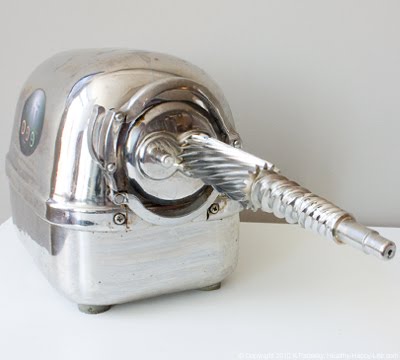
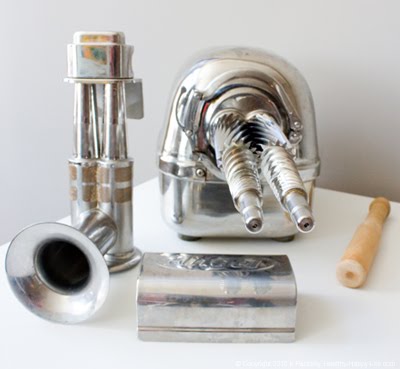
Now, lets meet my juicer! (Lots of photos towards the end of this post) And learn some juicing facts.
Journey to My Juicer. I currently own a twin-gear, super low RPM, masticating juicer: the Super Angel. But trust me, I didn't start with this high quality brand of juicer. Back in the mid nineties, my family bought a Jack Lalanne juicer. Remember those great infomercials? How could we resist?! It was a high-speed, high RPM, centrifugal juicer. Back then, we had so much fun turning apples and carrots into fresh frothy juice.
I remember my very first sip of granny smith/carrot juice. I was in awe. I was shocked. I never knew juice could taste so fresh and fruity. The "it tastes like biting into a ..." quote is really true.
But there were a few downfalls of those early centrifugal machines (and many inexpensive juicers that are still around today). One is that they produced a lot of wet pulp. That means wasted fruit juice that didn't get extracted. Money and nutrients down the drain. You want super dry pulp, and as little of it as possible. In general, the higher quality juicers do a better job extracting juice and producing a dry pulp.
The other downfall of centrifugal juicers is that they operate at a high RPM. For optimum nutrient-retention, you want a low RPM machine because there is less oxidative damage to the juice. Of course there are arguments on both sides, but the science of it seems to agree with the pro-low-rpm folks: A low RPM machine actually "chews" the juice out of the food, instead of a high-speed blade. And the RPMs of juicers can vary greatly. The Lequp 215XL machine has 11,000 RPM's. My Super Angel operates at only 86 RPMs. I believe that 86 is the lowest on the market. (More about RPMs below)
Moving on in my juicer journey, I moved to NYC with my husband and started buying fresh juice at various juice bars. The flame of my fresh-juice-love-affair had been reignited! NY juice bars can be fabulous. Think One Lucky Duck, Liquiteria and Organic Avenue. Love them. But being a juice addict can weigh heavily on your wallet. (fresh juice is addicting, I can barely drink the shelf-stable or fridge pasteurized stuff anymore) But fresh juice is a healthy, yet pricey addiction in NYC: think $6 per 8 ounces, and that's on the low end of the price scale!
So my husband and I looked into buying our own high quality juicer. We spent weeks researching and narrowed it down to a few brands. In the end we decided to go with the Super Angel juicer both for its amazing reviews, warranty and high quality stainless steel design.
Two years later, I am thrilled with our purchase. We haven't had even one maintenance issue, and the juice is still as delicious as it was on day one of juicing. And talk about saving money! I discuss just how much money I've saved with my juicer in my Fresh Apple Juice post.
Note: I am NOT trying to sell you this juicer. I can confidently give it a positive review, but I can't say it's "the best" because I haven't tried a plethora of other single or twin gear brands like Omega, Green Star, SoloStar and Samson, among others. If you have a review of any of these brands - please share them in the comments.
Do Research. Reading this post is a first step. But, there are a good handful of juicers that produce high quality juice. You will need to do your own research and decide which brand is right for you. I received a lot of great info from the HarvestEssentials.com website. We ended up buying our juicer from them, and were pleased.
Juicing 101. You can read more about juicing, brands and buying tips in my Juicing 101 post here.
But for today, I want you to get an inside peek at my juicer and how it works. Lets learn a few facts, then take my juicer apart!
Weight. A juicer will weigh anywhere from 5 lbs to 30 lbs. My Super angel is 28 lbs. It's heavy! But actually a heavy weight helps to stabilize the machine when pressing hearty fruits/veggies through the chute. Don't be afraid of a heavy weighted machine.
Feed Chute. Feed chutes are where you place the food. A chute will range in size from 1.25" circle or 2" in diameter. Some models have an extra large chute that will allow you to place an entire apple in the machine without chopping. However, these models often have a high RPM in order to pulverize all that fruit. I would love to place an entire apple in my machine, but the twin gear architecture wouldn't allow the fruit to fit through the gears.
RPM. As I mentioned, a low RPM machine is what you want. It's funny how some machines like the LaLanne machine actually brag about their high power 3600 RPM whisper-quiet power. My Super Angel is not quiet, it's about the same noise level as a quiet blender or food processor. But several studies, one study here, have shown that a high RPM actually increases the heat of the juice and destroys some of the nutrients. Gentle is best. Machines will range from 86 RPMs to 11,000+ RPMs. So it's up to you to decide: do you want the highest quality juice with a little more chopping/prep work, or do you want the least amount of prep work possible and don't mind a lower quality juice. Low RPM machines are the most effective at preserving juice nutrients.
Norwalk Note: There is also a famous juicer called the Norwalk Juicer. Norwalk is a hydraulic press juicer. It produces truly fresh-pressed juice. It is famous for being "the best" because it operates at such a unique juicing motion and preserves nutrients in an ideal way-pressing. No grinding, no chewing, no pulverizing, just pressing. Nice, right? However, one of these machines are quite large and will cost you around $2500. You can read more about these machines at NWJCal.com.
Types of Juicers. There are three main types of juicers: centrifugal, single gear and twin gear. As I mention in my juicing 101 post: If you are willing to spend at least $350 on your juicer, I would recommend a twin gear juicer. Otherwise, there are cheaper options that may not perform as well, but will still be adequate. Most store bought inexpensive juicers are centrifugal.
So what's the difference between single and twin gear juicers? Single gear juicers use one gear to "chew" the food, while twin gear use two gears. Simple, right? Just imagine using both your top and bottom teeth to chew food versus using your top teeth against a hard wall. Two sets of teeth work best, right?
Another great feature on my Super Angel: the twin grinding gears are made of antibacterial stainless steel.
So lets take a good look at my twin-gear juicer...
Twin Gears:
Superangel Juice Extractor, all sides:
Close-up of the cute angel design on side:
Now lets take a peek inside the juicing machine:
We're not done yet! I must show you the best part: JUICING!
Now lets juice something!... Continue to PAGE TWO


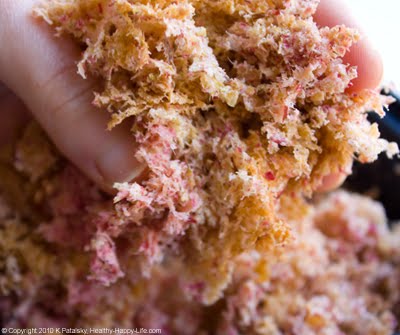
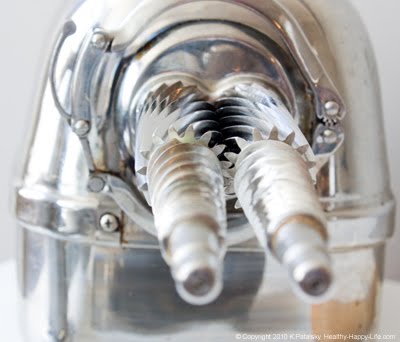
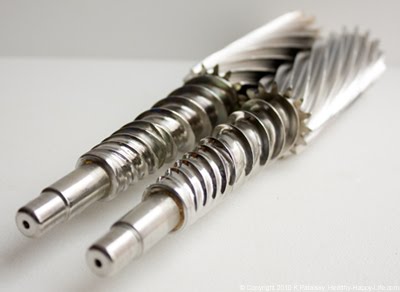
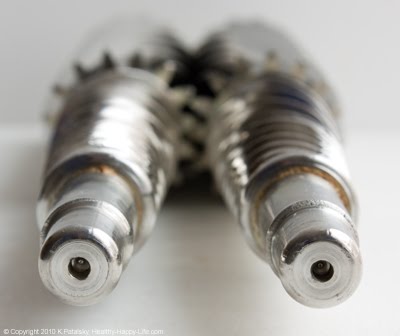
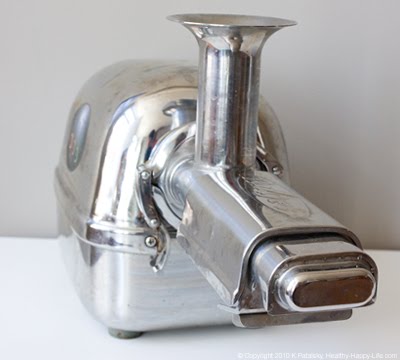
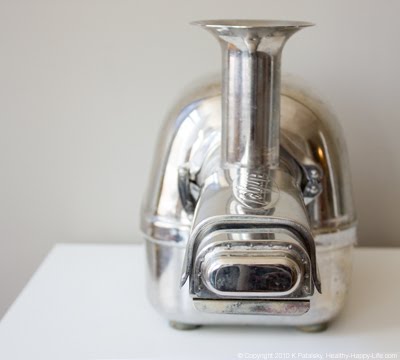
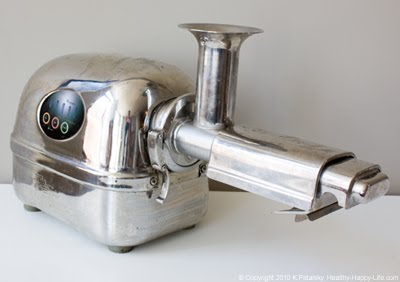
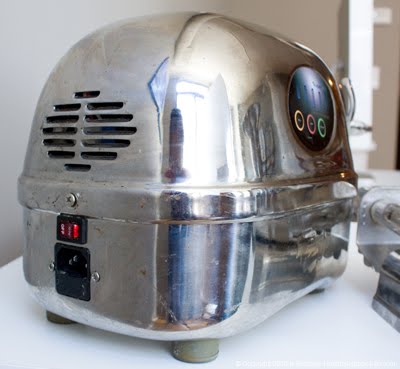

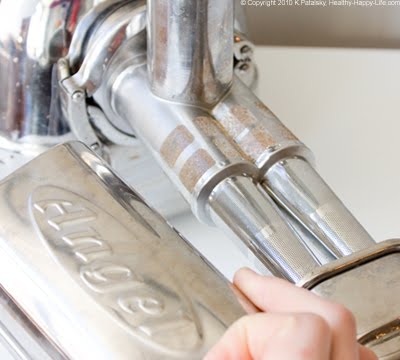
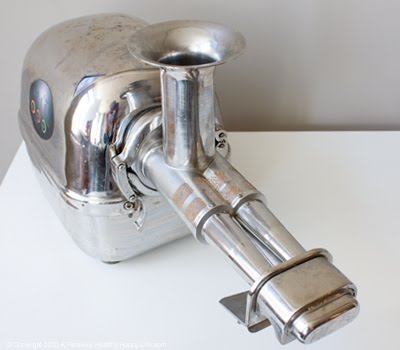
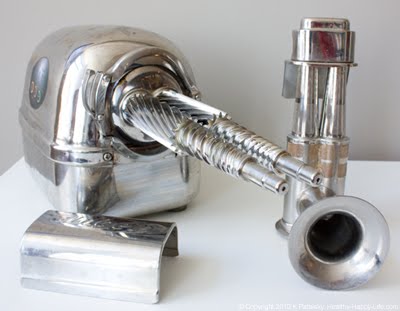
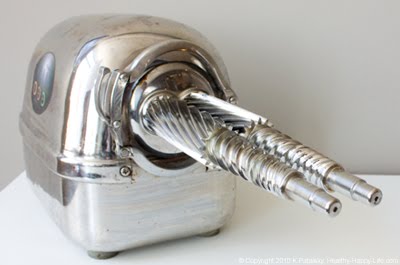
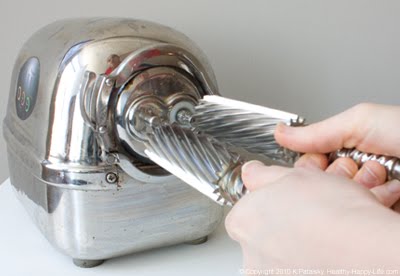
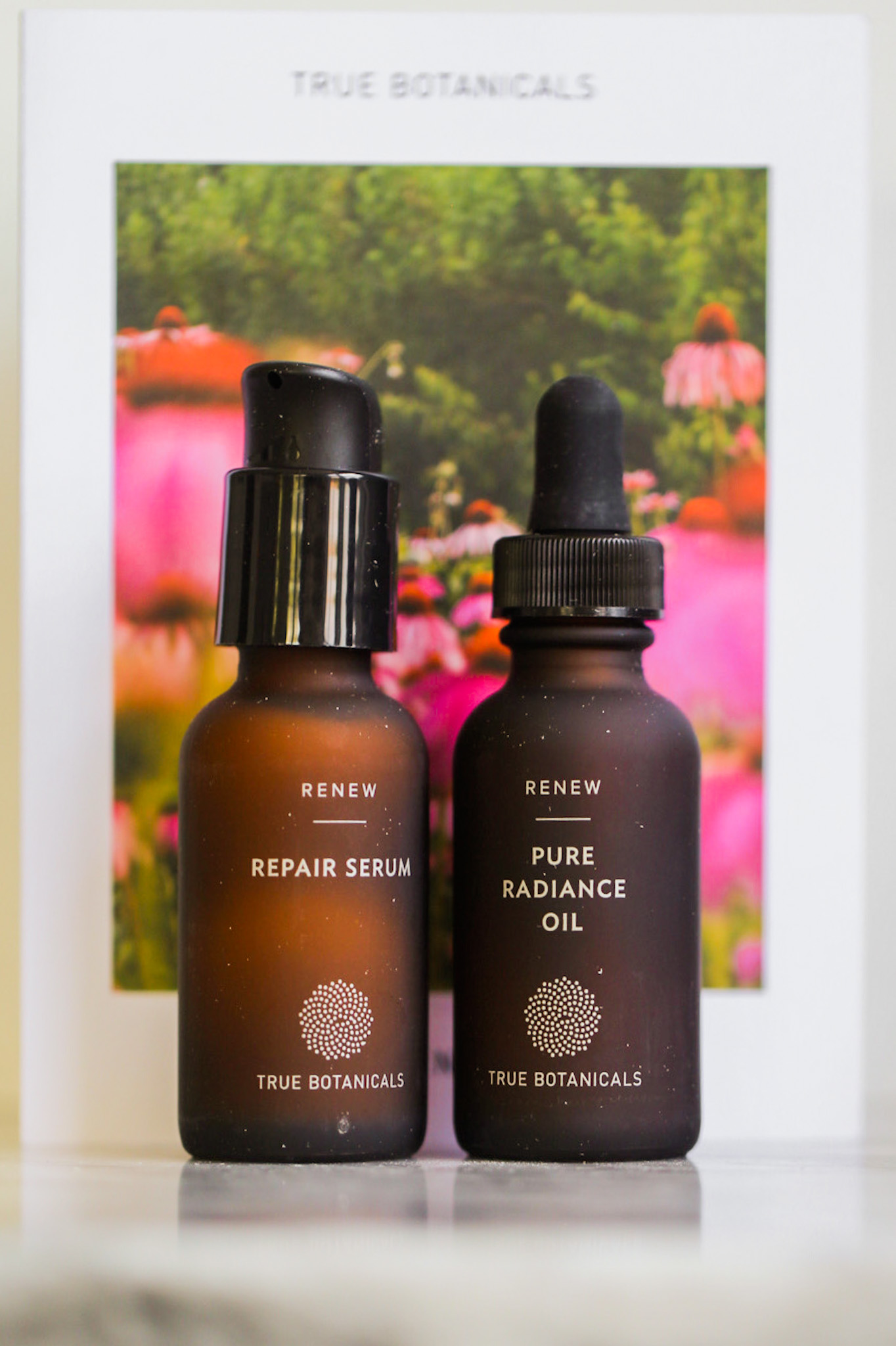
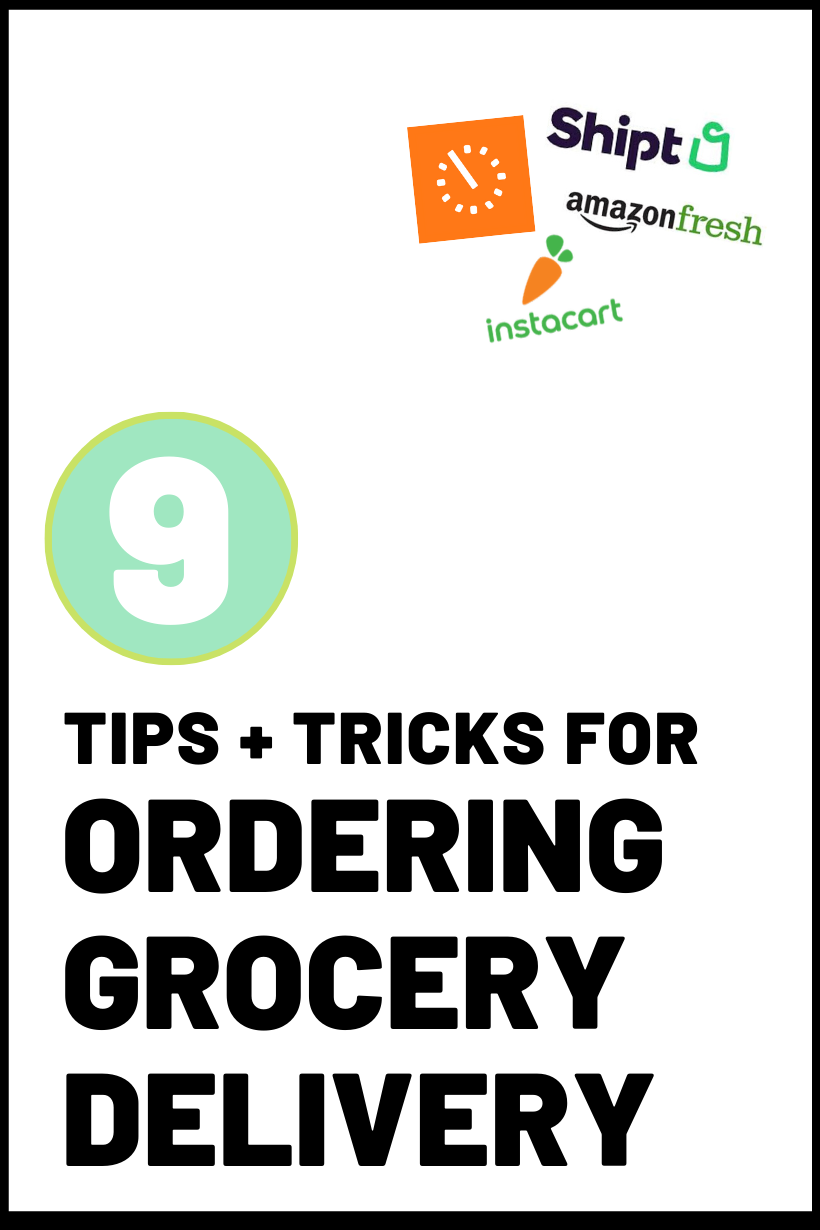

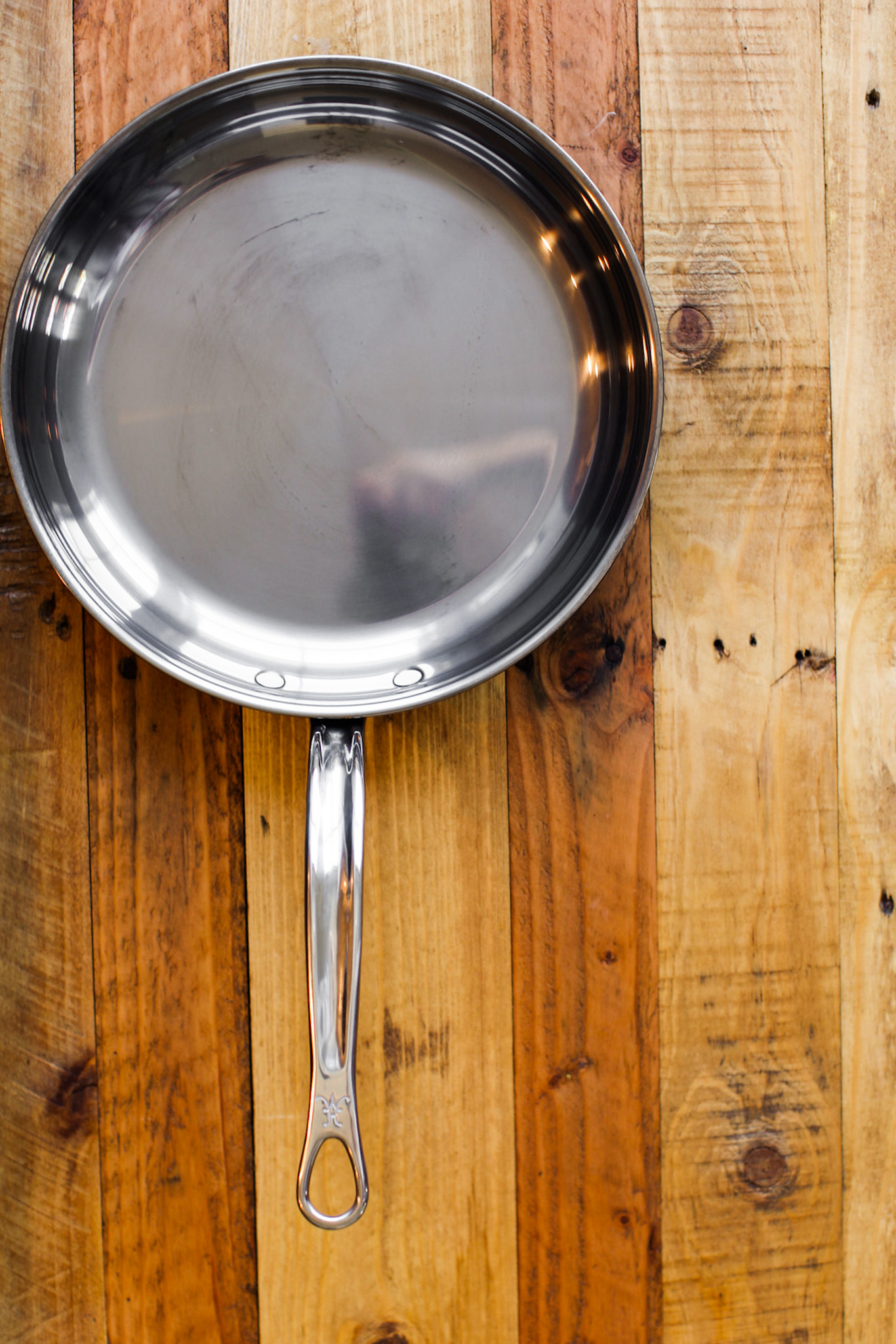



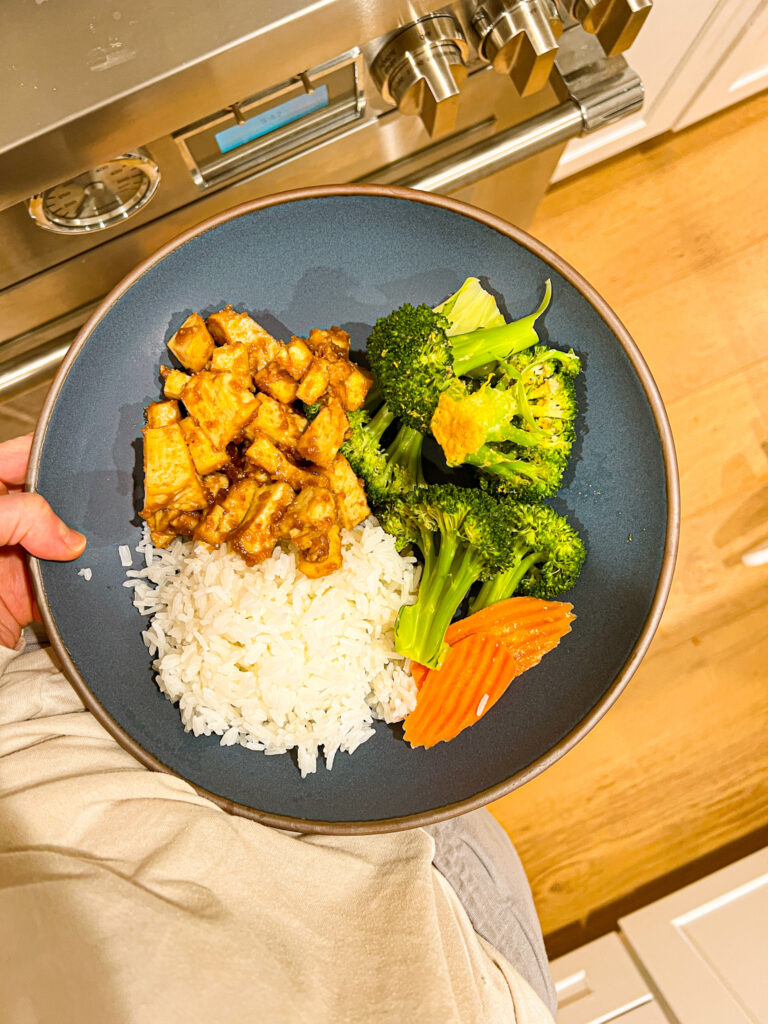
Doris says
Hi! Do you still like/use your Angel juicer? How long have you had it for? I’m looking to buy one used that looks exactly like yours (the buttons panel) the models from 2015 onwards have a different looking panel and I improvements on the motor and other safety issues, that’s why I’d like to know if yours has given you any problems? Thanks!
grishanone says
This post makes me want a juicer! I just went downtown and got that vegan vit D brand you suggested (I realized my old brand had gelatin- how stupid of me!) and got an applie-carrot juice on the way. I had never heard of that combo and I will definitely try it again. I hope you do some green juice posts because I don't know enough about simple green juice combos. Have a great Valentine's weekend!
Evelyn Parham says
This looks like an awesome juicer. Right now I have a Breville, but I'm looking to upgrade soon. I thought I wanted an OmegaVRT, but after reading your post, I think I need to do a little more research. 🙂
Your post is very informative. Thanks for sharing the website, I'll be checking out the site soon.
Take care!
Anonymous says
Use the pulp in sauces,stews, and soups.
KathyR says
Dang. That is a serious juicer. Even the angels look a little like weapons! Awesome!